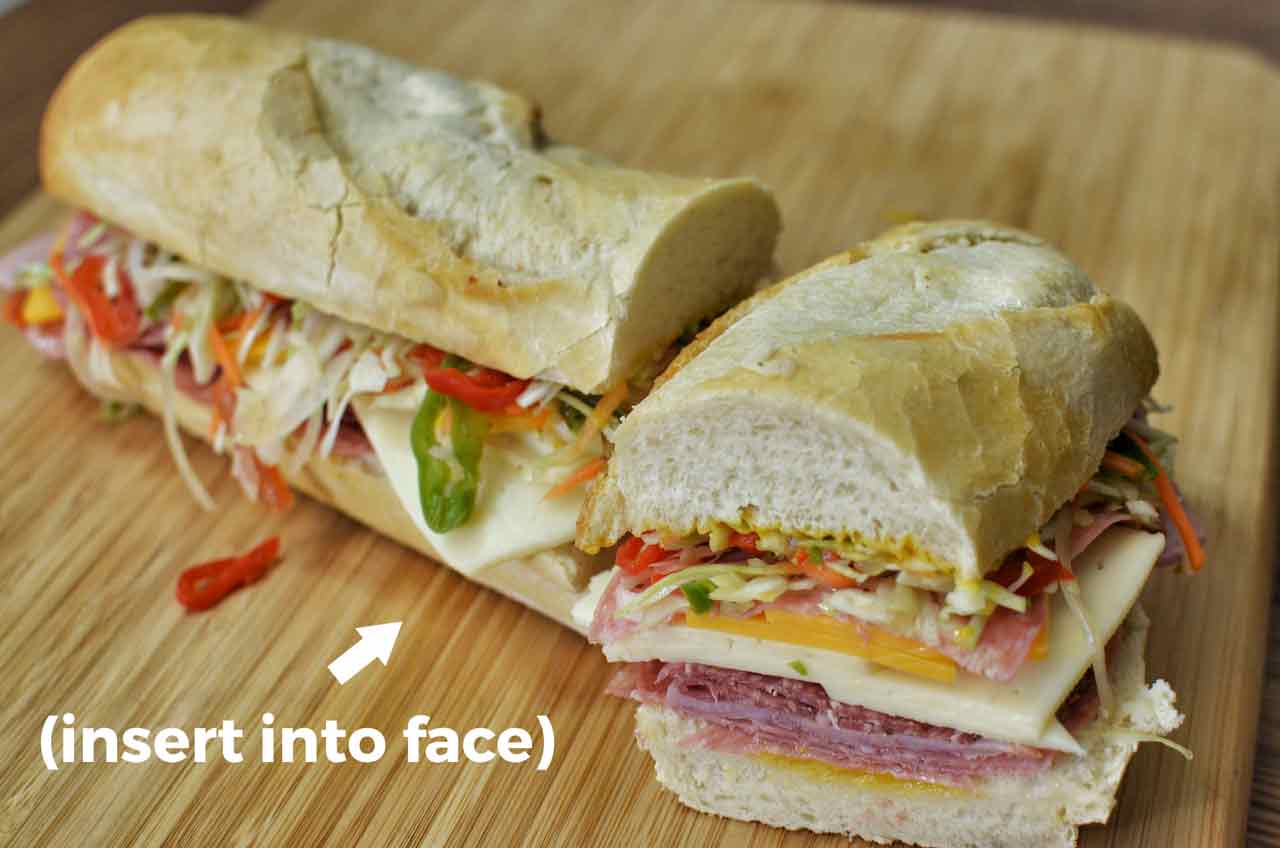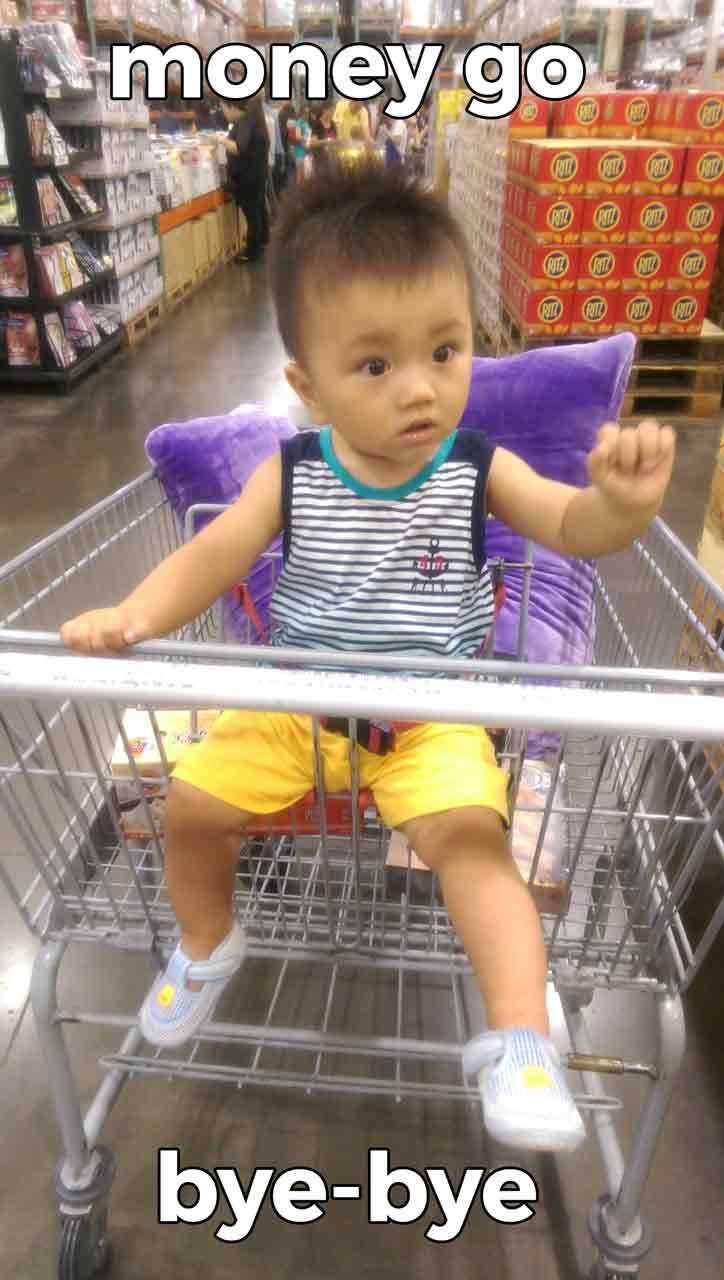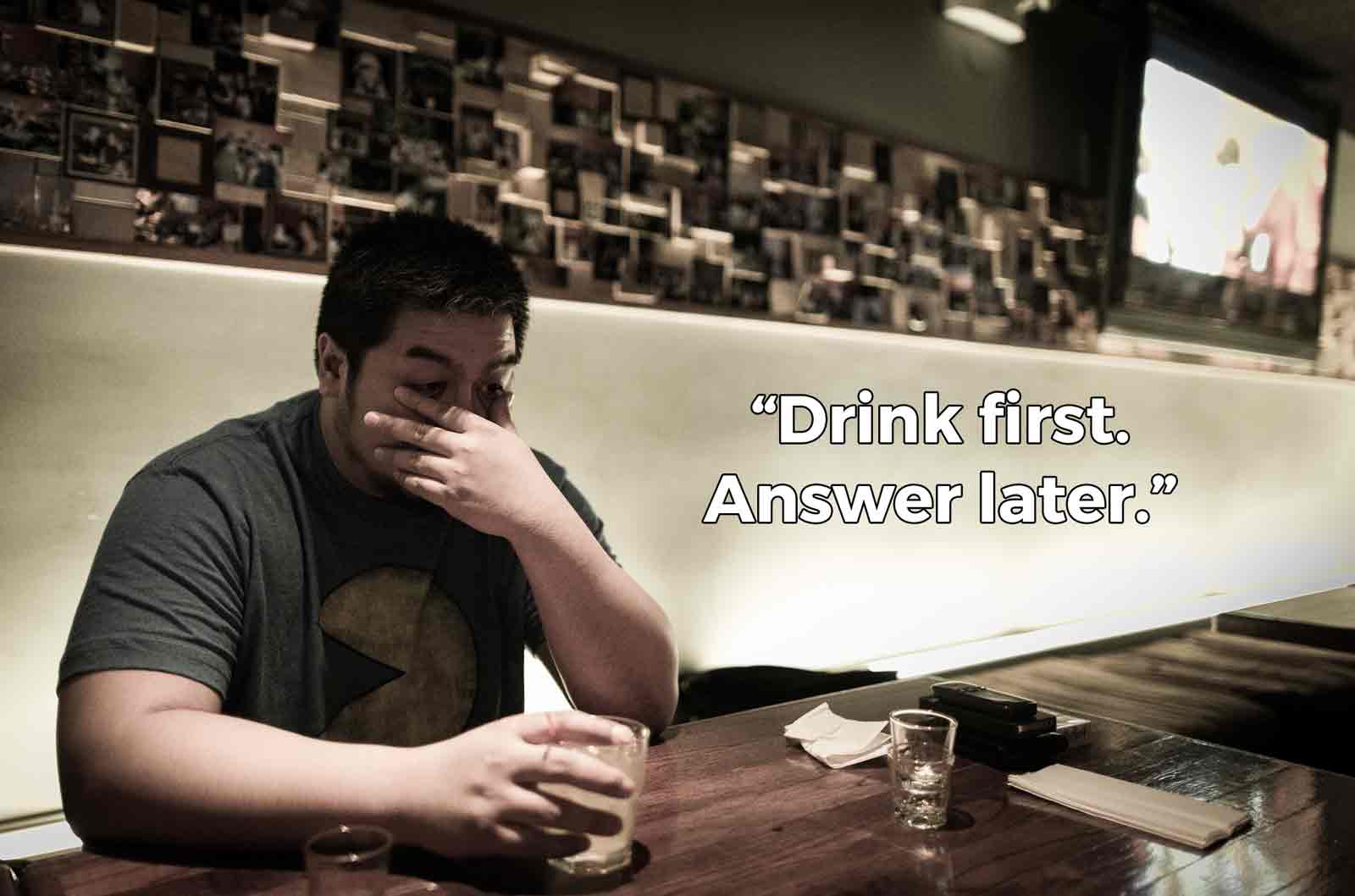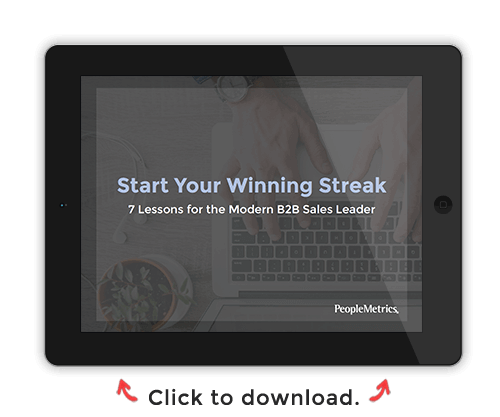It’s been an eventful couple of months on the personal front. My wife and I bought a house. (Gasp!) We moved into that house. (Double gasp!) We have mortgage payments. (Triple gasp!)
We even signed up as new Costco members. (Hyperventilation!)
Wait.
That last one wasn’t stressful at all.
Costco managed that lack of stress handily, and the experience offers four lessons, each of which can benefit your own business’s trek to customer centricity.
1. Put the right person at the front desk.
I knew about Costco before I walked inside. Their brand, corporate mythos, and customer advocacy played a large part in my stepping through their sliding glass door in the first place. But that wasn’t enough for me to take the plunge.
You see, there’s a Costco competitor, nearer to our house, that also sells comically sized packages of toilet paper. And proximity and convenience can be power influencers over me. (Ask the sandwich shop near our office.)

To an on-the-fence new customer, early interaction with your customer experience is an exercise in discomfort. If you don’t think a customer’s first interaction with one of your employees matters—well, you’re either out of business, or you’re biding your time.
So, inside the doors, there was Mary—reminiscent of everyone’s cool, no-bull, full-eye-contact aunt—standing behind the front desk.
2. Manage expectations throughout the pitch.
I’m not a business, which meant I had two memberships to choose from: “Gold Star” or the “Executive.” Here’s Mary’s basic pitch, in more or fewer words, with quotes I remember in bold:
There’s the Gold Star basic membership for $55, and the Executive membership. But don’t let the name or price scare you. Yes, it’s twice as much as the basic. But you’ll also earn 2% back on your spending at the end of the year. We’ll send you a check, and if it’s lower than $55, we’ll pay you the difference to get you to $55. If it’s more than $55, the money’s all yours.
Also if it’s less, we can knock you down to the Gold Star the next year. So you’re not wasting money. We want the plan that gives you the most value.
You’ll probably make the money back if you shop here regularly or use any of the benefits. You’ll see. I mean, good luck getting out of here for under $100…
Yeah, I was upsold, but it felt great. By the time it was over, I was ready to trade wads of cash for vats of hand soap and truckloads of frozen meats.

Customer experience strategy is a complex challenge, but sometimes it comes down to basic principles. She was quite clear and honest, that Mary. Which reminds me.
3. Engage employees and treat them well.
Thinking back on the experience, I’m reminded of how positively Mary portrayed her employer. I’m sweating the details right now, so here are a few droplets:
- “You’ll love it here. It’s a great store.”
- A mention of the tire department fixing a bubble in her tire at 8:30pm.
- A “Thank you so much, Bobby” into the phone after calling for additional help at the desk.
- A mouthed “THANK GOD” after noting they weren’t open on all major holidays.
Let’s imagine a scenario. It’s a Friday night after a long week at work. A few of your employees go to a bar to blow off some steam. They’re seated at a table, and their waitress asks them, “Where do you guys work? What do you do?”
If they were honest, and safe from corporate repercussion, what are the adjectives they’d use? Would they parrot some version of the corporate elevator speech? Would they moan and take the shortest route to their drinks?

Put in a similar situation, how would you answer? Does the answer change if you think back to past jobs and past employers?
The lesson here is that employee advocacy is rare. So it conveys a lot when you witness it. Never assume that employees automatically trade employment for their recommendation. Don't assume that a paycheck warrants employee engagement. Rather, work to give them something positive to talk about. Be worthy of their esteem.
4. Understand the principle of value.
We want the plan that gives you the most value.
— Mary, June 2015
Value is an interesting metric. It’s inherently subjective. What I consider valuable (e.g., my wedding ring) might seem completely worthless to you (i.e., you monster!). But we all want value. We want to know that our money is working for us, and that we aren’t spending it on poor products or bad experiences.
Your buyers and customers are no different. So, if you uncover the ways in which your buyers or customers rate value, and deliver it, then you’ll close more business and improve customer satisfaction and customer engagement.
If you can couple that with value for your employees, then you probably don’t need our help. You’re well on your way to customer centricity zen.
But for those who haven’t figured it out, Costco offers a nice model. They offer value in bulk items offered at lower prices. But they also offer money-back guarantees on items and membership, as well as access to insurance and other discounts. And they pay their employees a living wage, send them home at 8:30pm, and let them celebrate the major holidays.
That sounds like a lot of value to me.
Which is exactly why they have a new customer.
A Last Note About Value
In our recent study on the B2B buyer’s journey, we found buyers rated value in five key areas, which we identify as “core competencies” for modern-day salespeople:
- Responsiveness
- Preparation
- Listening Skills
- Knowledge
- Unexpected Insights
If you want to add these competencies to your prospect experience, then download our study below to get started. (It's a good value at zero cost.) And it offers great insights to every business professional interested reaping the benefits of customer centricity. You can also click here to learn more about our LeadMetrics solution.
- Mmm… cold cuts sub with slaw by jeffreyw, CC BY 2.0
- “I Don’t Want to Go Back…” by Guian Bolisay, CC BY-SA 2.0
- COSTCO by 森森 貴, CC BY 2.0
Topics: Employee Experience, Customer Experience





%20(1).png)